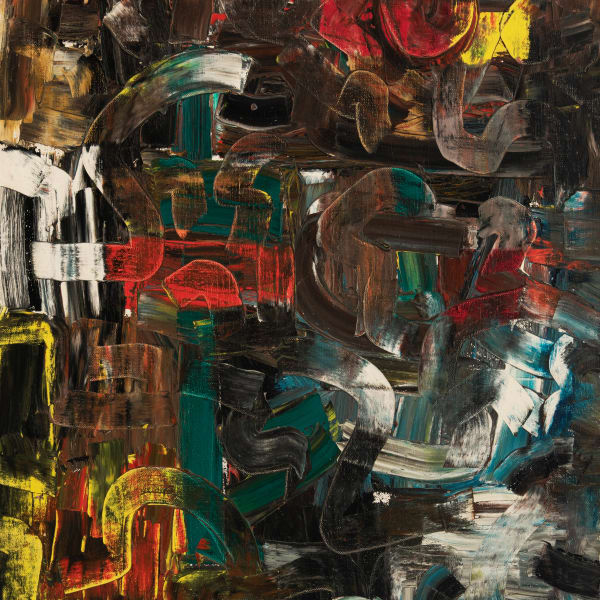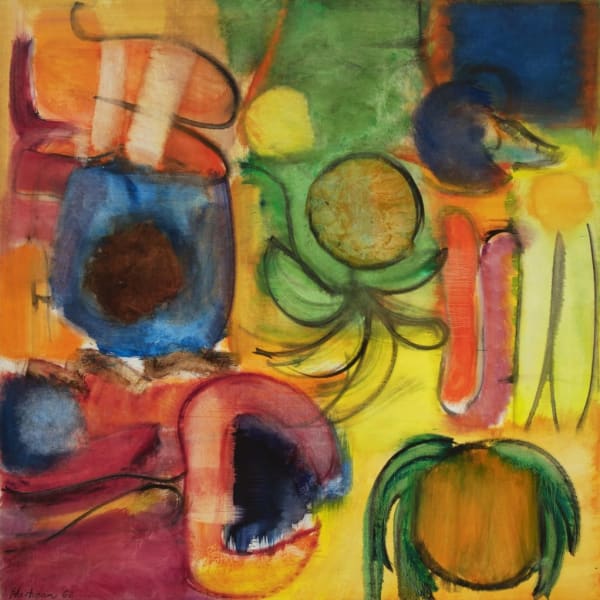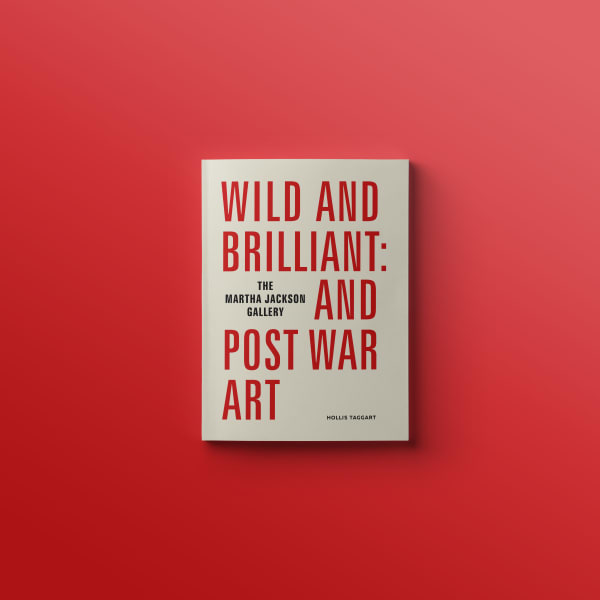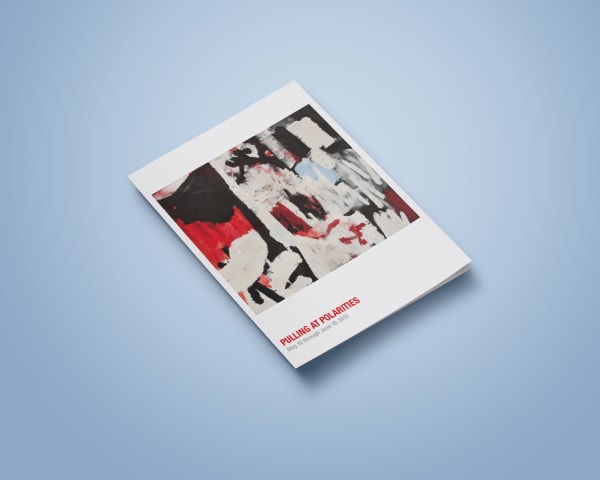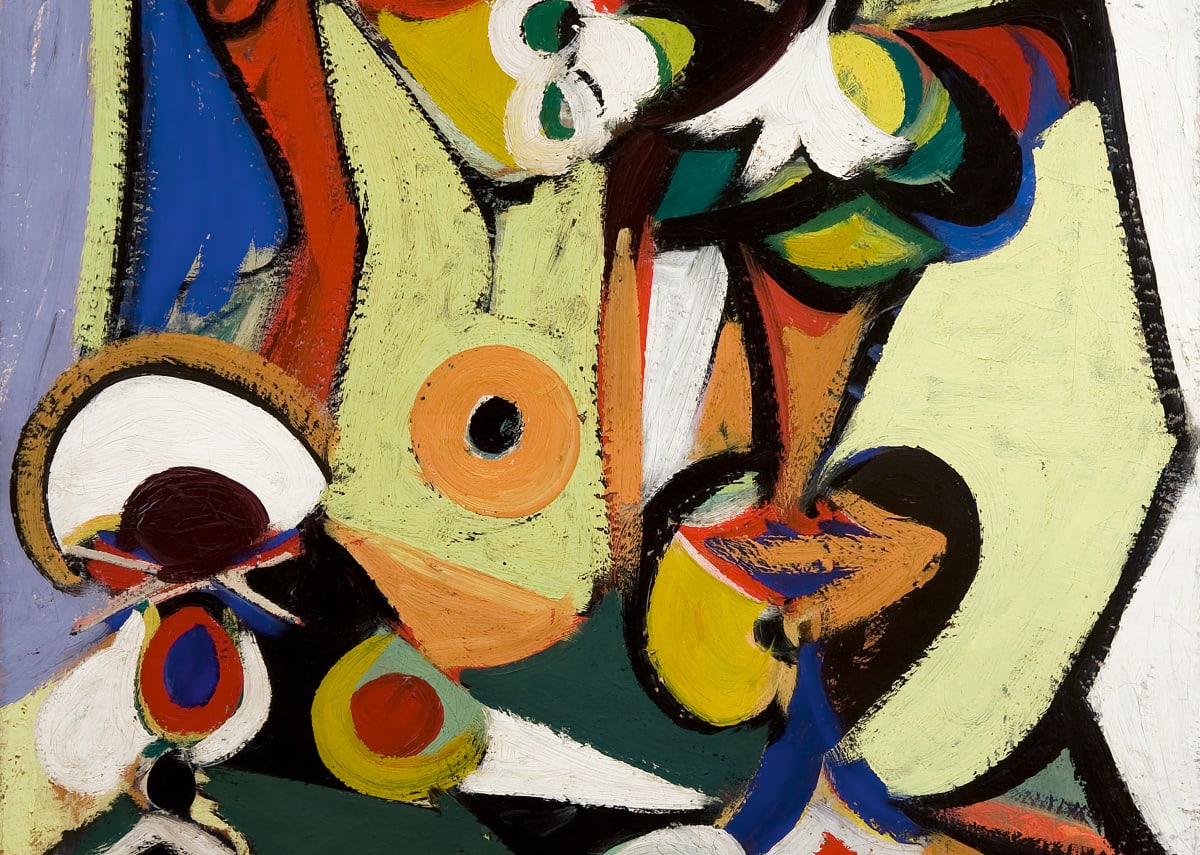
he created paintings that asserted the primacy of the picture plane without abandoning representation.
Willem de Kooning received commercial and fine art training in his native Holland before sailing to America in 1926, where he soon made connections in the New York art world. He developed a close friendship with Arshile Gorky, and in 1929 he met John D. Graham, who became an early champion of de Kooning’s work.
In 1938 de Kooning met artist Elaine Fried, whom he married in 1943. At this time he painted his first series of Women. He began loosening control of his line and combining figure studies with the flattened, geometric structures of his abstractions. By conflating the two approaches he created paintings that asserted the primacy of the picture plane without abandoning representation.
Willem de Kooning received commercial and fine art training in his native Holland before sailing to America in 1926, where he soon made connections in the New York art world. He developed a close friendship with Arshile Gorky, and in 1929 he met John D. Graham, who became an early champion of de Kooning’s work.
In 1938 de Kooning met artist Elaine Fried, whom he married in 1943. At this time he painted his first series of Women. He began loosening control of his line and combining figure studies with the flattened, geometric structures of his abstractions. By conflating the two approaches he created paintings that asserted the primacy of the picture plane without abandoning representation.
De Kooning’s first one-man show in New York at the Egan Gallery in 1948 marked a career turning point. He showed a series of black-and-white abstractions that played with figure-ground relationships. Clement Greenberg’s review in The Nation touted de Kooning as one of America’s most important painters.
In the early 1950s, de Kooning returned to the figure and spent 18 months painting, scraping, and repainting Woman I (Museum of Modern Art, New York). Over the next several years, he produced a series of iconic women characterized by wide eyes, bared teeth, and large breasts. When the paintings were exhibited at the Sidney Janis Galley in 1953, they created a cultural stir that rippled far beyond the New York art world: Woman I became one of the most reproduced artworks of the decade.
The expressive violence of the 1950s slowly gave way to sleek curves and a lyrical abstract style. De Kooning continued to paint until 1990, when he was incapacitated by Alzheimer’s disease. He died in 1997.













